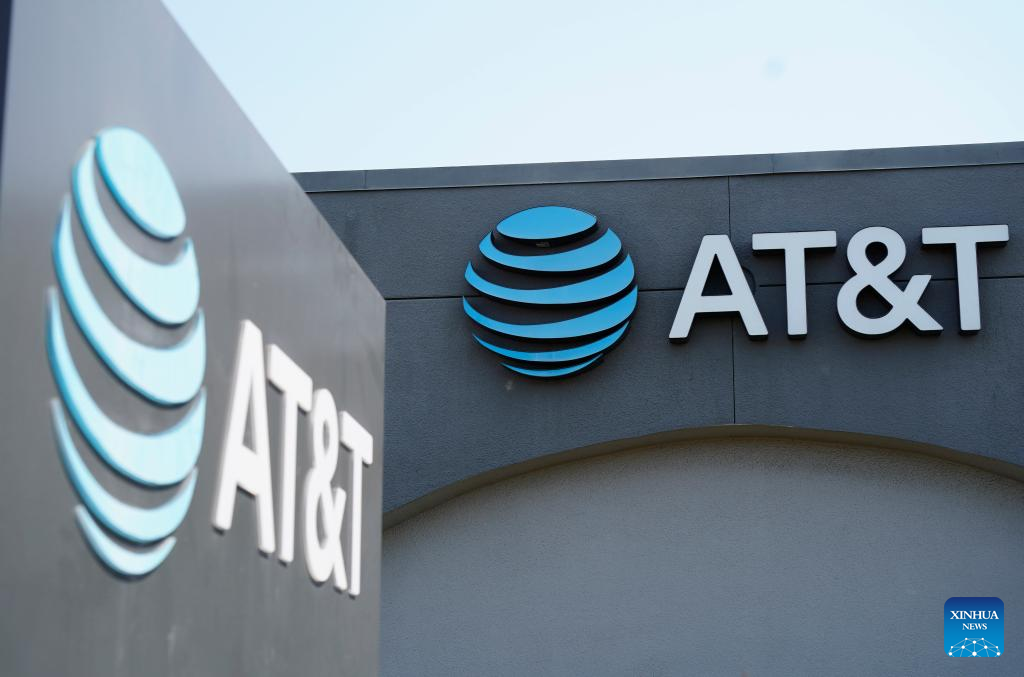AT&T Data Breach Exposes Vulnerabilities in Customer Information Security
ShinyHunters Hacker Negotiates $370K Settlement with AT&T Over Stolen Data
According to PHONE ARENA, in a troubling turn of events AT&T has confronted a significant data breach that has raised alarms about the security of customer information. The breach spanning from May 1 to October 30, 2022, compromised metadata related to calls and text messages for nearly all AT&T cellular customers. This included interactions with users from other wireless providers. AT&T clarified that while the breach did not expose the content of communications or customer names it did involve sensitive data accessed through inadequately secured cloud storage.
According to reports AT&T engaged in negotiations with a member of the ShinyHunters hacking team following the breach. Initially demanding $1 million the hacker settled for a payment of 5.7 bitcoins equivalent to over $370,000 at the time in exchange for deleting the stolen data. This settlement underscores the severity of the breach and AT&T’s efforts to contain its repercussions. Despite efforts to secure proof of data deletion concerns persist about potential copies of the compromised data circulating among malicious entities, posing ongoing risks.
READ ALSO: $1.7 Billion Investment: Biden Administration Transforms Manufacturing For Electric Vehicles

$370,000 Bitcoin Payment: AT&T Confronts Massive Data Breach Exposing Calls and Texts of 100M+ Customers! (PHOTO: Bloomberg.com)
AT&T Addresses Concerns Amid Data Breach, Emphasizes Enhanced Security Measures
AT&T has moved swiftly to address public concerns reassuring customers that the breached data is not publicly accessible. However, uncertainties remain regarding the extent of exposure for affected customers and associated individuals. The incident underscores the persistent challenges in safeguarding consumer data within telecommunications networks emphasizing the need for heightened security measures and vigilance against cyber threats. As investigations into the breach continue stakeholders await updates on additional measures aimed at safeguarding customer privacy and fortifying defenses against future breaches in the telecommunications industry.
READ ALSO: 1 In 5 Illinoisans Impacted: Governor Pritzker Signs Landmark Healthcare Protection Act To Combat ‘Predatory’ Insurance Tactics

















































